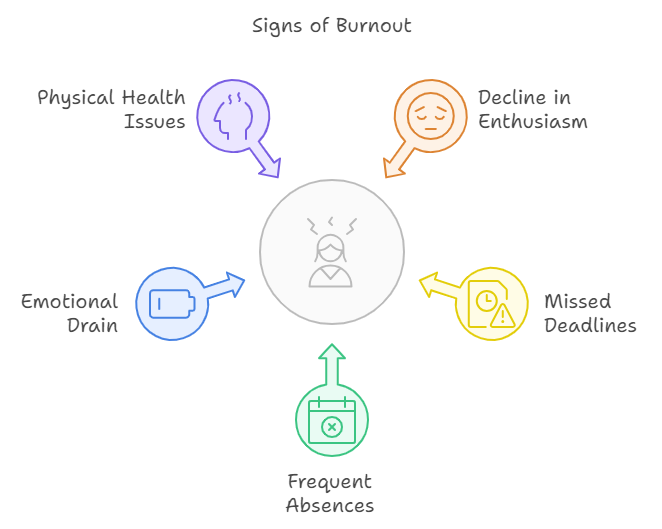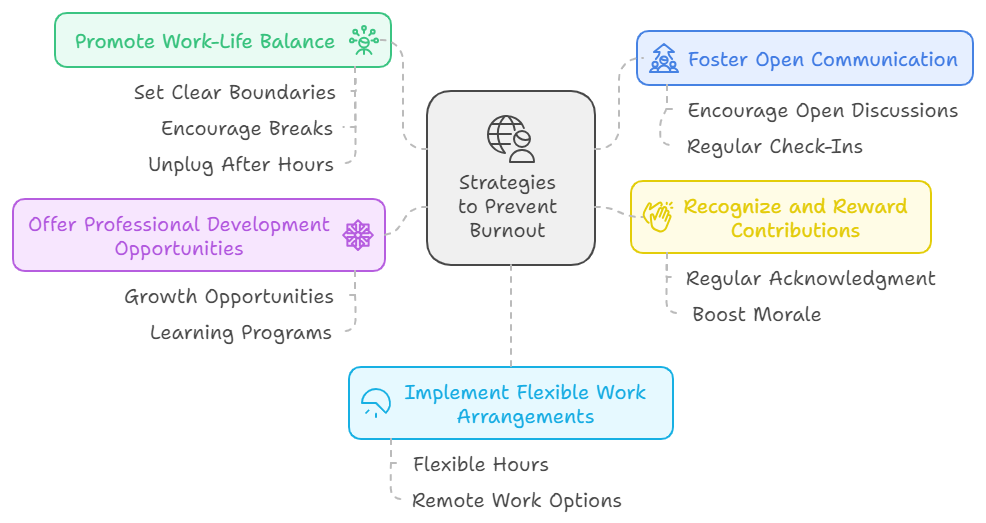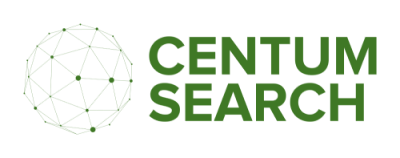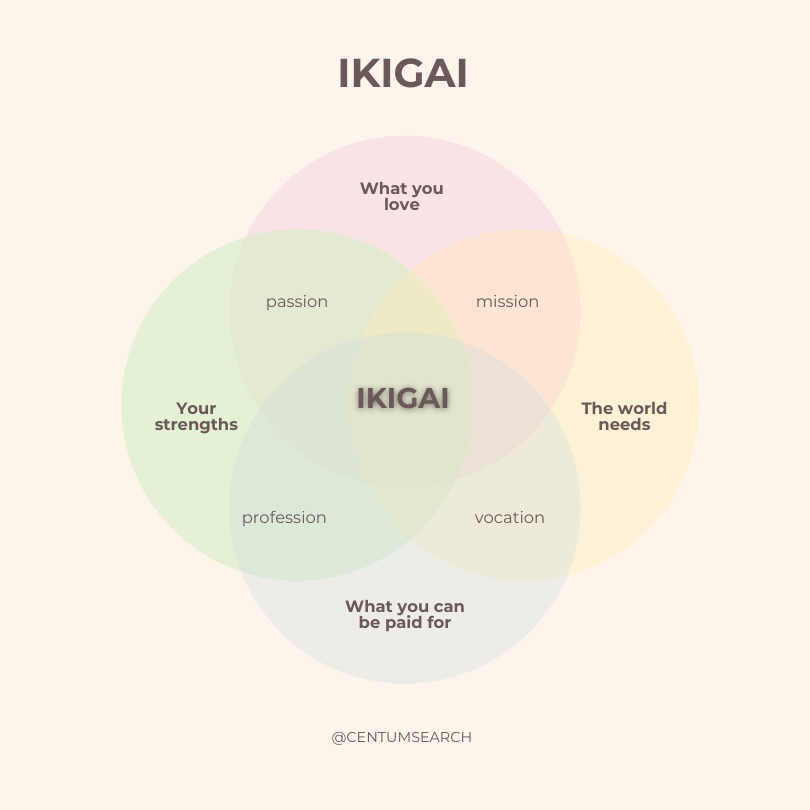Burnout in High-Performing Engineering Teams, How to Spot Burnout and Maintain Productivity Without Compromising Well-being

What's going on with burnout in tech?
Burnout among software engineers is a growing concern for leaders of high-performing teams. According to a 2023 survey by Blind, a popular anonymous workplace community, 68% of tech employees reported experiencing burnout, with software engineers among the most affected groups (Blind, 2023).
The World Health Organization (WHO) recognizes burnout as an “occupational phenomenon” characterized by feelings of exhaustion, increased mental distance from one’s job, and reduced professional efficacy (World Health Organization, 2019). In the race to design and develop the latest and greatest technology, where constant innovation and rapid delivery are the norms, the risk of burnout is significantly higher.
Furthermore, a study by the Harvard Business Review reported that 89% of workers have experienced burnout within the past year, with the phenomenon being especially prevalent in industries with high workloads and tight deadlines, such as software development (Moss, 2021).
For engineering managers, CTOs, and other tech leaders, preventing burnout is not only a leadership responsibility but also a strategic necessity. High burnout rates can lead to decreased productivity, higher turnover, and ultimately, a loss of competitive edge. When employees experience burnout, they are more likely to disengage, produce lower-quality code, and make critical mistakes that can compromise project timelines and product quality. A Gallup study found that employees experiencing burnout are 63% more likely to take a sick day and 2.6 times as likely to be actively seeking a different job, which can significantly impact team stability and increase recruitment and onboarding costs (Wigert & Agrawal, 2018).
Additionally, burnout can damage team cohesion and morale, creating a toxic work environment where innovation and collaboration suffer. High-performing engineering teams thrive on creativity and problem-solving, but when burnout sets in, engineers are less likely to take initiative, explore new ideas, or take calculated risks—all of which are crucial for maintaining a competitive edge.
The financial impact of burnout is also substantial. According to the American Institute of Stress, workplace stress costs U.S. businesses approximately $300 billion annually in terms of absenteeism, reduced productivity, employee turnover, and medical costs. For companies in the tech sector, which often rely on tight-knit, highly specialized teams, the cost of losing even a few key engineers due to burnout can be much higher, as it can delay product releases, disrupt ongoing projects, and require expensive hiring and training efforts to fill the gaps.
By taking burnout seriously and implementing proactive measures to prevent it, tech leaders can maintain a healthier, more engaged workforce, reduce turnover, and sustain high levels of innovation and productivity, ultimately contributing to long-term business success.
This article explores the signs of burnout, its common causes in engineering teams, and offers practical strategies for managing and mitigating burnout without compromising productivity.
Signs of Burnout in Software Engineers
Burnout can manifest in various ways, and recognizing the early signs is critical for prevention. For software engineers, these signs may include:
- A noticeable decline in enthusiasm, innovation, or willingness to participate in team activities.
- Struggling to meet deadlines or produce work that does not meet their usual high standards.
- Frequent sick days, late arrivals, or early departures can signal burnout.
- Feelings of emotional drain, irritability, or a negative attitude toward colleagues or projects.
- Complaints of headaches, sleep disturbances, and other stress-related health issues are common among burnt-out employees.

Causes of Burnout in High-Performing Teams
Understanding the root causes of burnout is essential for implementing effective solutions. In high-performing engineering teams, burnout often stems from:
- The demand to deliver high-quality products under tight deadlines often results in chronic stress.
- When engineers feel they lack autonomy and control over their work or decisions, it can contribute to feelings of helplessness and burnout.
- Lack or inadequate recognition for hard work and achievements can diminish morale and motivation.
- Remote work and always-on cultures can blur the lines between personal and professional life, leading to overwork.
- Insufficient resources, whether in terms of personnel, tools, or time, can make it harder for teams to meet expectations.
Strategies for Preventing Burnout
To prevent burnout, tech leaders should consider the following strategies:
- Foster Open Communication by encouraging team members to speak openly about their workload, challenges, and stress levels. Regular check-ins can help managers understand the team's morale and identify early signs of burnout.
- Promote Work-Life Balance by establishing clear boundaries around work hours and encourage taking regular breaks and time off. Encourage team members to unplug after hours.
- Recognize and Reward Contributions by regularly acknowledging the hard work and achievements of team members. Simple acts of recognition can significantly boost morale.
- Offer Professional Development Opportunities by providing opportunities for growth and learning can help maintain engagement and reduce feelings of stagnation.
- Implement Flexible Work Arrangements either in terms of flexible hours or the option to work remotely can help engineers balance their professional and personal lives more effectively.

Maintaining Productivity Without Compromising Well-being
Balancing productivity demands with team well-being is crucial for sustaining a healthy, high-performing engineering team. To achieve this balance, consider the following strategies:
Set Realistic Goals
It’s essential to establish project goals and timelines that are achievable and flexible. Unrealistic deadlines can lead to stress and burnout, while well-defined, attainable goals help manage workload and expectations. Regularly review and adjust these goals based on team feedback and project progress. Involve team members in goal-setting to ensure buy-in and to align expectations with their capacity and capabilities.
Leverage Technology and Tools
Implement project management and collaboration tools that streamline workflows and reduce the burden on individual engineers. Tools such as Jira, Trello, or Asana can help manage tasks, track progress, and facilitate communication. Automating repetitive tasks, using code review tools, and integrating continuous integration/continuous deployment (CI/CD) pipelines can also reduce manual effort and errors, allowing engineers to focus on high-value work.
Create a Supportive Environment
Foster a workplace culture where seeking help and supporting colleagues is encouraged and normalized. Promote open communication and regular check-ins to ensure team members feel comfortable discussing their challenges and seeking assistance. Provide access to mental health resources, such as Employee Assistance Programs (EAPs), counseling services, and stress management workshops. Encourage practices that promote mental well-being, like mindfulness sessions, team-building activities, and work-life balance initiatives.
Encourage Regular Breaks and Time Off
Implement policies that encourage taking regular breaks throughout the workday and using vacation time to recharge. Encourage engineers to take time off when needed and to fully disconnect from work during their time off. Support flexible work arrangements that accommodate different personal needs and preferences, such as remote work options or flexible hours.
Promote a Healthy Work-Life Balance
Create boundaries between work and personal life by setting clear expectations for work hours and availability. Encourage team members to unplug from work outside of regular hours and to prioritize personal time. Support practices that help maintain a healthy balance, such as promoting physical activity, providing resources for wellness programs, and encouraging a culture of respect for personal time.
Provide Opportunities for Growth and Development
Offer professional development opportunities that allow engineers to expand their skills and advance their careers. Training, mentorship, and career growth can help maintain engagement and motivation, reducing the risk of burnout. Ensure that these opportunities are accessible and aligned with individual career goals and interests.

Burnout in engineering teams can have severe consequences, from diminished productivity to high turnover rates. However, by recognizing the signs early, understanding its causes, and implementing proactive strategies, tech leaders can create a healthier, more sustainable work environment that maintains high performance without sacrificing team well-being.
References:
- Blind (2023). "Tech Employee Burnout Survey." Blind Community Insights.
- World Health Organization (2019). "Burn-out an 'Occupational Phenomenon': International Classification of Diseases."
- Moss, J. (2021). "Beyond Burned Out." Harvard Business Review.
- Wigert, B., & Agrawal, S. (2018). "Employee Burnout: Causes and Cures." Gallup.
- American Institute of Stress. (n.d.). "Workplace Stress.”
Join our Newsletter!
Thank you for joining!
Oops, there was an error sending your message.
Please try again later.
Subscribe to our newsletter!
We will get back to you as soon as possible.
Please try again later.
Resources for Careers, Talent Acquisition and Management

a b c d e f g h i j k l m n o - Do not remove from template!!! it is important to support different fonts
Questions?
Contact Us
Thank you for contacting us!
We will get back to you as soon as possible!
Oops, there was an error sending your message.
Please try again later.


